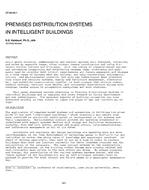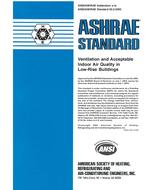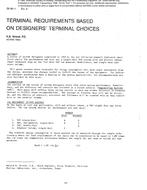This paper provides an overview of adverse effects due to moderate levels of low frequency noise in the occupational environment. The paper reports factors that influence the response to low frequency noise and gives suggestions for an improved method of assessment of low frequency noise. Present studies indicate that low frequency noise can lead to adverse reactions during work starting at 40 dBA. Low frequency noise has been found to cause annoyance and relationships between annoyance and subjective reports of lack of concentration, sleepiness, and tiredness. The A-weighted sound pressure level is a poor measure of adverse reactions to low frequency noise. Data indicate that the spectral balance between high and low frequencies and the presence of modulations or level fluctuations are of large relevance for adverse effects. Compared to other noise sources, however, data from low frequency noise are limited, and further studies are clearly needed.
Units: Dual
Citation: Symposium, ASHRAE Transactions, vol. 111, pt. 1, Orlando 2005
Product Details
- Published:
- 2005
- Number of Pages:
- 12
- File Size:
- 1 file , 1.9 MB
- Product Code(s):
- D-25557


